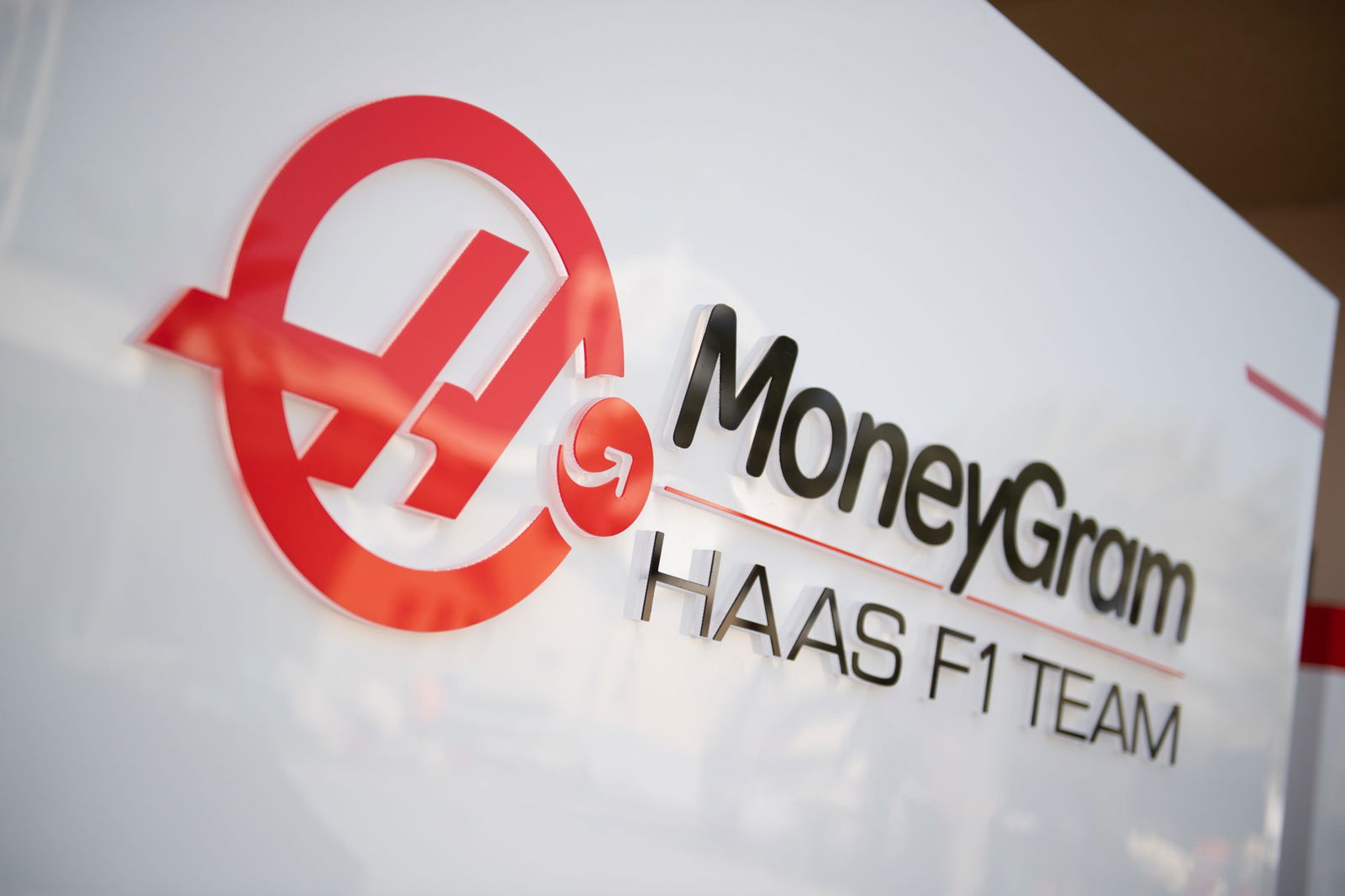
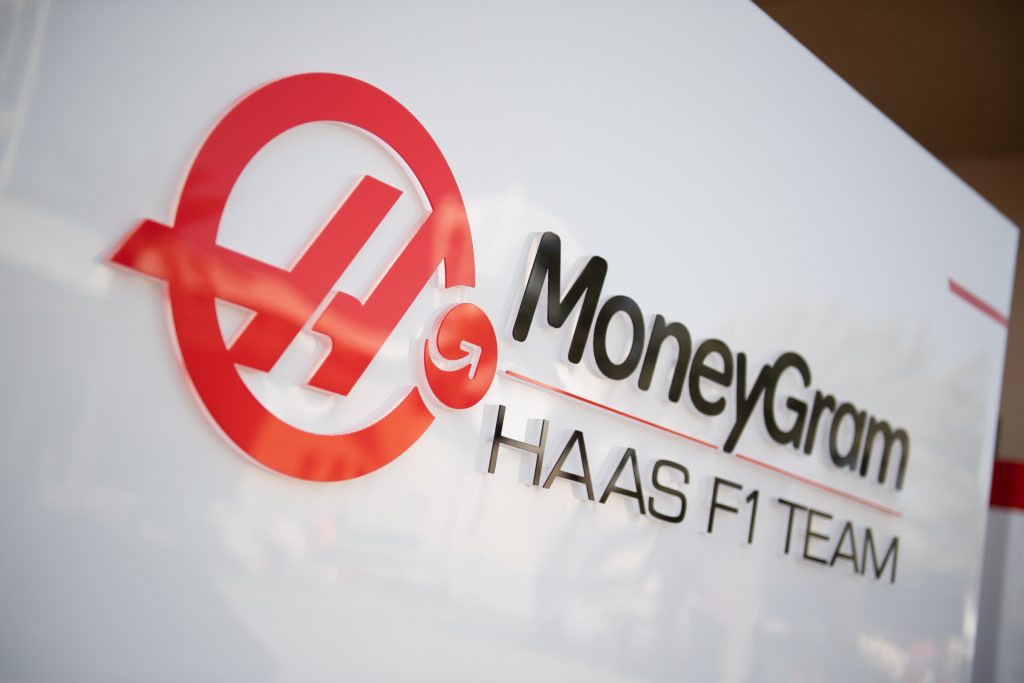
How to get the best out of a team operating out of three different countries has long been an issue for Haas, one which has become a geographical thorn in its side the longer time has gone on.
Its primary base is in Kannapolis, North Carolina, where administrative matters are overseen, and whilst not directly involved in the function of the race team, still plays a vital role in the day-to-day running of the entire operation.
The race team is then split between two factories in the United Kingdom and Italy.
The UK base at Banbury houses logistics, electrical engineering, vehicle science, control systems, vehicle performance and programme management, as well as race team support and communications department.
Its Maranello base in Italy, situated close to the factory of power unit supplier Ferrari, houses the design office and includes the aerodynamics, CFD and R&D departments.
Haas maintains there is “constant communication and collaboration” between sites, yet in an interview I conducted with Steiner before the summer break last year, he remarked at the time that the only issue was “conversation, communication”.
Asked if there were delays in communication, he replied: “More than delay. Sometimes no communication. Things are forgotten.”
In recently taking over from Steiner, Komatsu is fully aware of the problem in getting the two factories to be more collaborative, claiming the reason the team was unable to develop last year’s car was “partly” due to their locale.
Agreeing with Steiner regarding communication, he said: “Of course, disagreements happen everywhere. That’s healthy. That’s not a problem, but then you just move forward. We resolve disagreements.
“As a team, we have started moving in this direction, and I think that’s important, rather than people not knowing why we are going in a certain direction. That doesn’t work well, it’s not healthy, and again, that comes from communication.
“I’m reviewing the internal structure of the team, and again, I’m in the process of talking to all the key managers, so we can put that in place as soon as possible.”
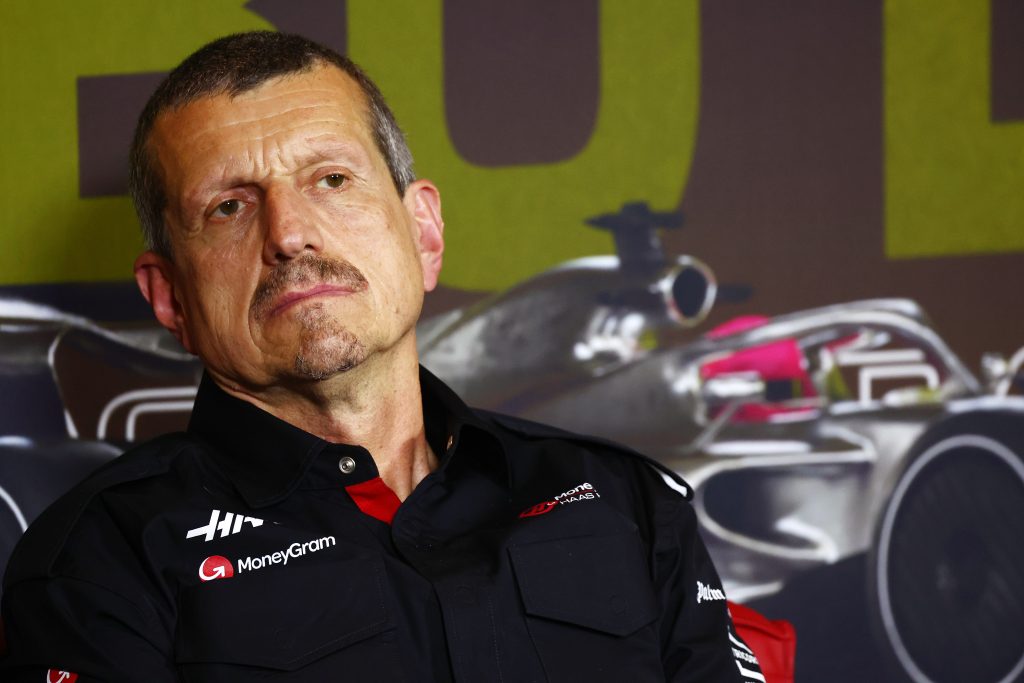
With Haas from the outset when it started in F1 in 2016, Komatsu felt the structure of the team was “very beneficial” as it attempted to find its feet in the sport over the first few seasons.
As time has moved on, however, the deficiencies of the system have become evident.
“Of course, if you have a blank sheet of paper and you are setting things up, you’re not going to set up an F1 team with two separate factories in the UK and Italy,” assessed the 47-year-old Japanese.
“But that’s how we started, to get off the ground. Then, of course, the landscape changes, certain regulation changes happen, or the team needs to evolve. Those kind of things we need to assess continuously.
“Again, if you ask is it ideal to have a UK and Italy office? No. But is that the main constraint? No. Can we do better? Absolutely, yes, and that’s what I’m focused on.”
Steiner felt that for the short and medium term, the team “is fine like we are”.
Komatsu is of a similar mind, recognising that if the situation could be changed, it would. Instead, he knows his primary goal is to simply augment the prospects of how the current organisation is set up, and then take stock.
“Ideally, if you have no constraints, of course, you would put everybody in the same factory,” said Komatsu.
“It’s the same with designers. When certain things break, it’s so important for designers to have those parts in their hands.
“Again, ideally, that’s the case, but that’s not how we are set up, and that’s not going to change in the foreseeable future.
“I will try to maximise what we have to start with, to get to our absolute limit, and then when we get to the stage where we really cannot do any more with this setup, we’ve reached the limit, then maybe there’s a discussion to be had.
“That’s my strategy, to have it in the back of your mind for the medium and longer term as to where you might want to go, but that’s not my focus at this minute.”
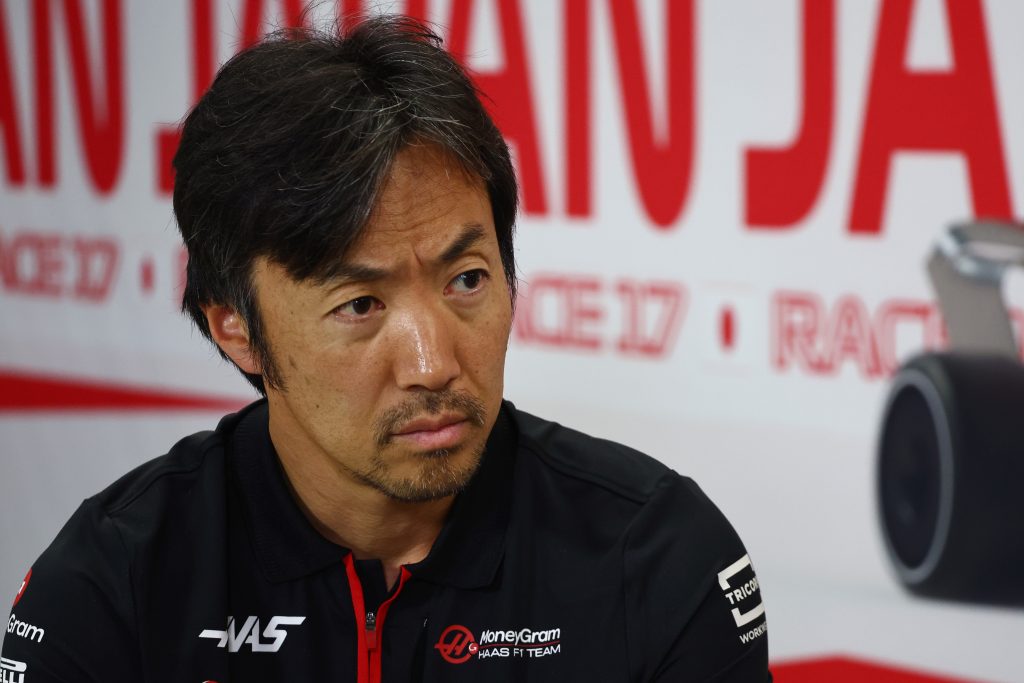
At the same time as developing this year’s VF-24, and after stepping up from his former role within the team as director of engineering, Komatsu is now charged with the task of overseeing every technical area, and how each person functions within that department.
Two factories and remote working only add to the difficulties.
“What I have found is that, depending on people’s capabilities, depending on how well they know each other, and if people are at a certain technical level, I find it’s fine to mostly work remotely,” he said.
“But when you don’t have a personal relationship, you don’t know a person very well, or that person’s skill set or labour is just below a certain level required, then it can go from absolutely fine to absolutely not fine.
“It’s case by case. In certain cases, I’ve seen that even with the current organisation that certain areas work really well, no issue whatsoever, but in other areas, it’s a big issue.”
Finishing at the foot of last season’s constructors’ championship was “an embarrassment” for team owner Gene Haas, who opted for a bombshell change by replacing Steiner with the more engineering-focused Komatsu.
Steiner was a motivational people person, yet with Komatsu at the helm and given his background, Haas has taken a different approach with his team, one the new team boss is confident he can exploit with those around him.
“I do believe with what we have, we can do a better job,” said Komatsu.
“With the people, the ideas they have, if we put it together, I’m sure we can do a much better job.
“Once we get to the stage where, with what we’ve got we are maximising an effective racing team, then there’s the next stage of, ‘Okay, are the boundaries absolute? Is that not good enough?’
“I think we are far from that, so it’s about focusing on improving what we have to start with.”



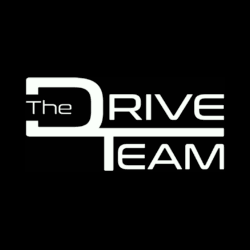

















Discussion about this post